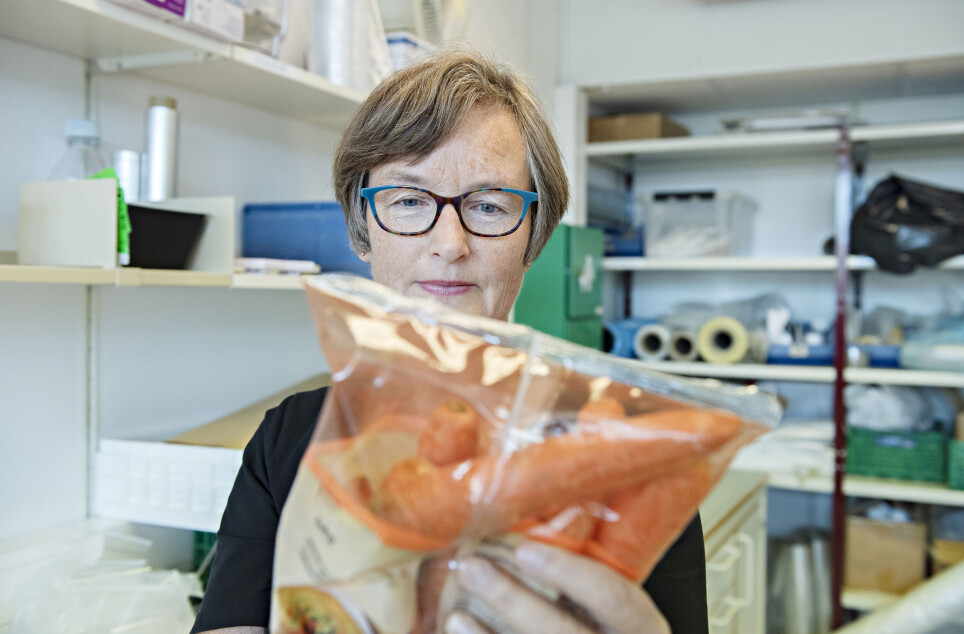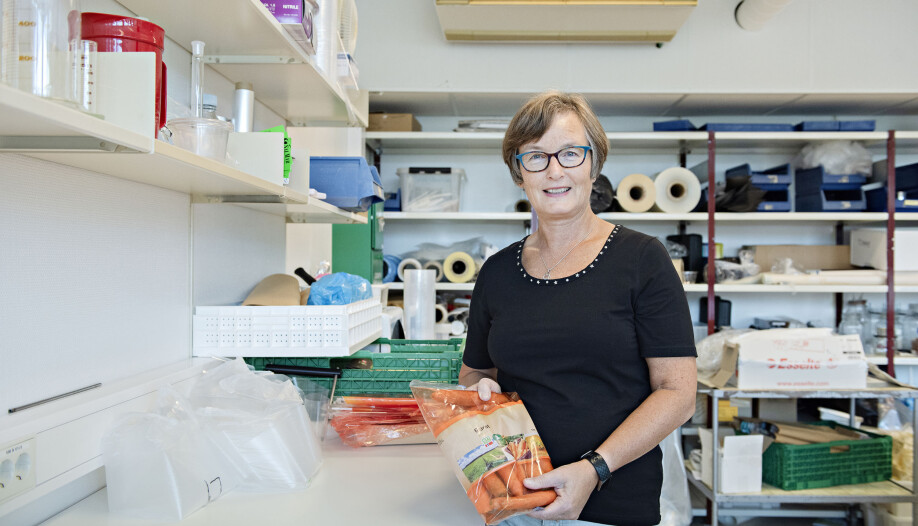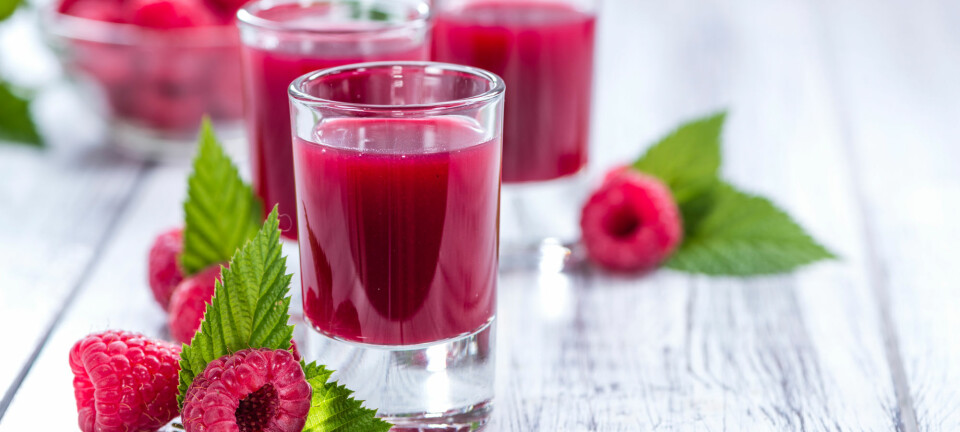This article was produced and financed by Nofima The Norwegian Institute of Food, Fisheries and Aquaculture Research - read more

Don't buy carrots stored in room temperature
You should rather buy carrots stored in cool temperetaures, according to a food scientist. Her goal is to reduce wastage of vegetables.
Your carrots will last longer in your fridge - if they are optimally stored.
The right storage temperature can significantly reduce vegetable wastage. The wastage involved during the storage and distribution of produced vegetables amounts to almost 30 per cent.
Hanne Larsen is an expert on food packaing. For the past few years she has conducted research into how carrot wastage can be reduced, both during distribution and when the product reaches the consumer, by looking at the breathability of packaging and the importance of storage temperature.
The main goal of the OptiRoot project is to reduce root vegetable wastage by 10 per cent.
Lasts longer at colder temperatures
Previously, trials have been conducted where up to 40 per cent CO2 has been measured inside carrot packages after being stored at room temperature for three days.
“Excessive CO2 content damages carrots, bacterial growth increases and they can develop a taste of ethanol. They become unappetizing and consumers throw them away when they discover this,” says Hanne Larsen.
Two storage regimes have been followed during the trials:
1. the carrots are stored at cool temperatures throughout the entire storage period and
2. the carrots are stored as it often occurs in reality - at cool temperatures from the producer, at room temperature in the stores and cool temperatures at home with the consumer.
“The trials clearly show that the carrots stored at cool temperatures, all the way up to when the consumer buys them, are the ones that last the longest. Therefore, we know what helps reduce wastage.”

Temperature is the most important factor
The main problem is that carrot packaging is optimised to ensure a temperature of approximately four degrees – from the moment it travels from the producer, all the way home to the consumer, and it is often during the intermediary period that problems occur.
If carrots are left at room temperature in the stores, which often happens, the number of perforations in the packaging is not enough. This is due to the fact that carrots require more aeration at higher temperatures. However, the deterioration in quality may take a few days.
Therefore, the consumer risks buying carrots that quickly deteriorate in the refrigerator at home, and which get thrown away before everything is consumed.
“My conclusion is that temperature is the most important factor in preventing carrot wastage. As it is today, the packaging is optimised to a high degree, but it requires the correct storage temperature", says Larsen.
"Grocery stores have an important job to do in contributing to less food waste. There have been many times when I have seen carrot packages stored at room temperature in grocery stores. This is the wrong way to store them in relation to their packaging,” says Larsen.
Optimising the number of perforations in the packaging
Hanne Larsen’s goal has been to find the optimum number of perforations (breathing holes) in carrot packaging, adapted to realistic storage conditions in the supply chain. The work has resulted in a recommendation regarding the optimum number of laser perforations in the packaging.
“Previously, a film was used around the carrots with just a few large perforations (macro-perforations). In recent years, this technology has been replaced with a film that is perforated with many small laser holes (micro-perforations)", she explains.
"Carrots require these breathing holes because they respire, they breathe. It is important to choose enough perforations that are adapted to the temperature conditions in which carrots are stored. A lack of perforations reduces the gas transmission in the packaging material and an excess of CO2 will form more quickly inside the package. This results in the carrots deteriorating at a much quicker rate than is necessary,” says Hanne Larsen.
In addition, having too many and large perforations is not optimal and can result in weight loss. This can also increase the risk of carrots losing their crunchiness.
———
Read the Norwegian version of this article at forskning.no


































